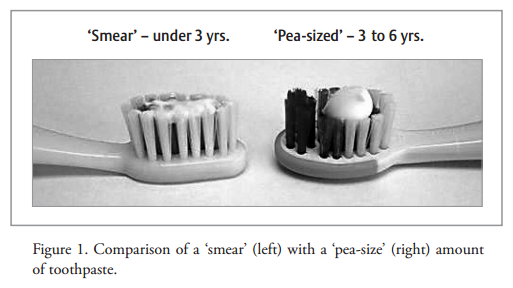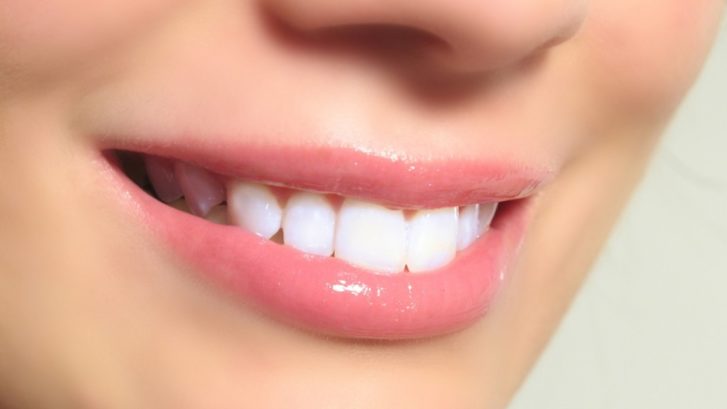8 ways to reduce dental Cavities
What caused dental cavity in children and how we can prevent early childhood decay
Everyday my patients ask me, why my child is getting cavity and he/she is so little. Unfortunately cavities can happen very fast and progress rapidly in children due to many factors however there are several considerations can be done in order to minimize or eliminate this common problem. This was known as nursing bottle caries and now it is considered a major oral health problem by American Academy of Pediatric Dentistry. We had provided extensive dental treatment for some of our very young patients ages 3 or 4, in 2014 with 16 or 18 cavities out of their 20 teeth. In order to perform their treatment we had to do multiple filling, crowns and extractions under General anesthesia. This is very stressful for parents.
First we should understand why cavity forms. As shown in the illustration below cavity is a result of consumption of Sugar by bacteria resulting in Acid that can attach the tooth. So anything can break this vicious cycle can prevent decay.

Cause of tooth decay
Factor A, Tooth
When tooth erupts through the gums the outer surface or Enamel is not mature, so it is a little weak, also newly erupted tooth has several grooves, pits and fissure. Fluoride treatment and fissure sealant helps to strengthen the teeth.
Factor B, Bacteria
Tooth decay is caused by contagious bacteria such as streptocos mutans that can spread from one person to another .
Factor C, Sugar
Sugar in foods such as MILK , candies and fruits
Good dental hygiene can help you avoid cavities and tooth decay. Below are some important tips to help prevent cavities.
1-Brush with fluoride toothpaste.
Fluoride has a positive effect on oral health by making teeth more resistant to decay. Fluoride can also prevent or even reverse tooth decay that has started. Brush the teeth at least twice a day and ideally after every meal, using fluoride-containing toothpaste. If you have a young child, ask the dentist or Hygienist at Aquarius Dental how much fluoride toothpaste to put on your child’s toothbrush so your child gets the cavity-fighting benefits without getting too much fluoride causing negative effects such as flourosis. Our recommendation is brushing with rice size tooth paste till age 3 years old and a pea size from age 3 and older. Most kids swallow some of the tooth paste while brushing and this is beneficial in most of lower mainland since there is no public fluoridation in the water and they can some systemic effect of the fluoride and helps to strengthening the teeth from inside.
PARENTS SHOULD BRUSH THEIR CHILD TEETH TILL THE AGE OF 7 SINCE MOST KIDS DO NOT HAVE DEXTERITY TO BRUSH THEMSELVES
2-Flossing
To clean between your teeth you need to floss carefully every single contact of the teeth and also the back part of the last teeth even though there is no contact. If you can’t brush after eating, at least try to rinse your mouth with water.
PARENTS SHOULD FLOOS THEIR CHILD TEETH TILL THE AGE OF 7 SINCE MOST KIDS DO NOT HAVE DEXTERITY TO FLOOS THEMSELVES
3-Visit your dentist.
Get professional teeth cleanings and regular oral exams, which can help prevent problems or spot them early. Your dentist can recommend a schedule that suits you the best.
4-Consider dental sealants.
A sealant is a protective plastic coating very similar to white or composite fillings that’s applied to the chewing or biting surface of back teeth, sealing off the grooves and pits that tend to collect food. The sealant protects tooth enamel from plaque, acid and bacteria. Sealants can help both children and adults. Sealants last up to 10 years before they need to be replaced.
5-Avoid frequent snacking and sipping sugar containing foods.
Whenever you eat or drink beverages other than water, you help the bacteria in your mouth to create acids that can destroy your tooth enamel. If you snack or drink during the day, teeth are under constant attack from bacteria and acid.
Some foods and beverages are better for your teeth than others. Try to avoid foods that get stuck in grooves and pits of your teeth for long periods, such as chips, candy or cookies, or brush soon after eating them. However, foods such as fresh fruits and vegetables increase saliva flow, and unsweetened coffee, tea and sugar-free gum help wash away food particles.
6-Consider fluoride treatments.
Your dentist may recommend periodic fluoride treatments, especially if you aren’t getting enough fluoride through fluoridated drinking water and other sources.
Ask about antibacterial treatments. If you’re especially vulnerable to tooth decay — for example, because of a medical condition — your dentist may recommend special antibacterial mouth rinses or other treatments to help cut down on harmful bacteria in your mouth.
7-Minimize saliva sharing activities.
Dental cavities is caused by bacteria, so minimizing saliva sharing activities such as sharing tooth brushes, spoon or glass can reduce the chance of decay. Tooth decay is caused by contagious bacteria such as streptocos mutans that can spread from one person to another.
8- Diabetes ,
Some systemic disease such as diabetes , can make you vulnerable to cavities. In diabetes blood glucose increases and that can lead to increase glucose or sugar level in the oral cavities and also reduces immune system and combination of these factors will increase the chance of dental decay

Amount of tooth paste needed
Author : Dr Mehdi Oonchi 2015

